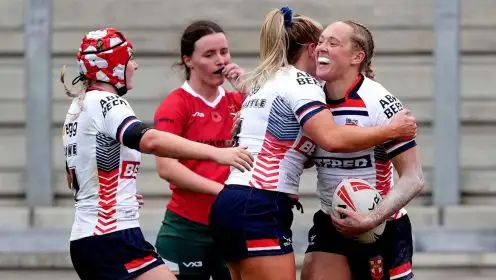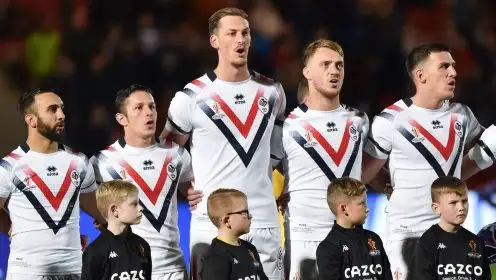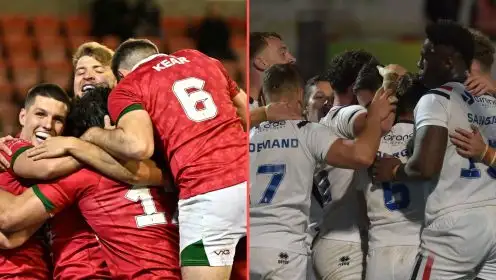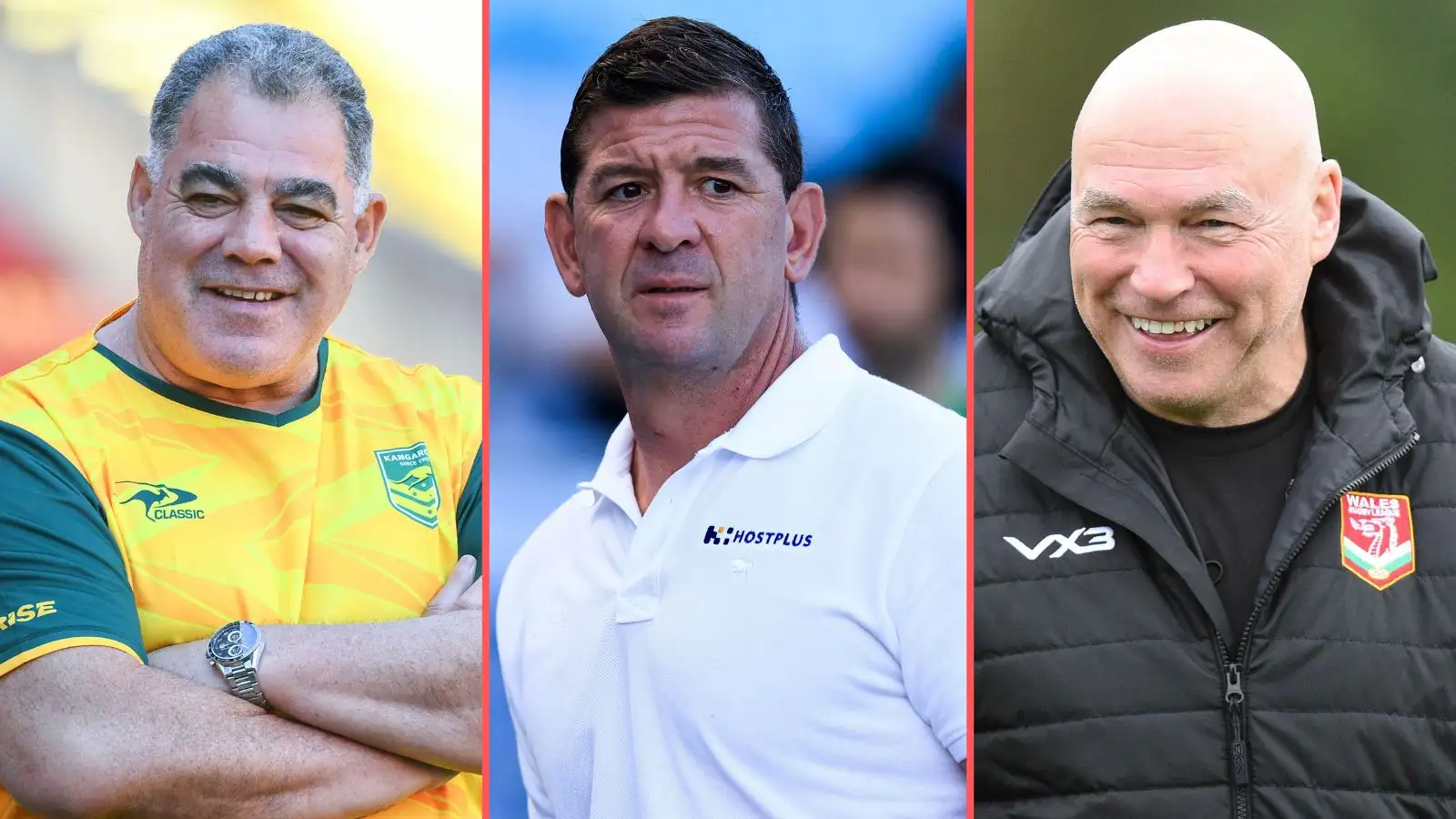Wales: Rugby league’s forgotten expansion plan?
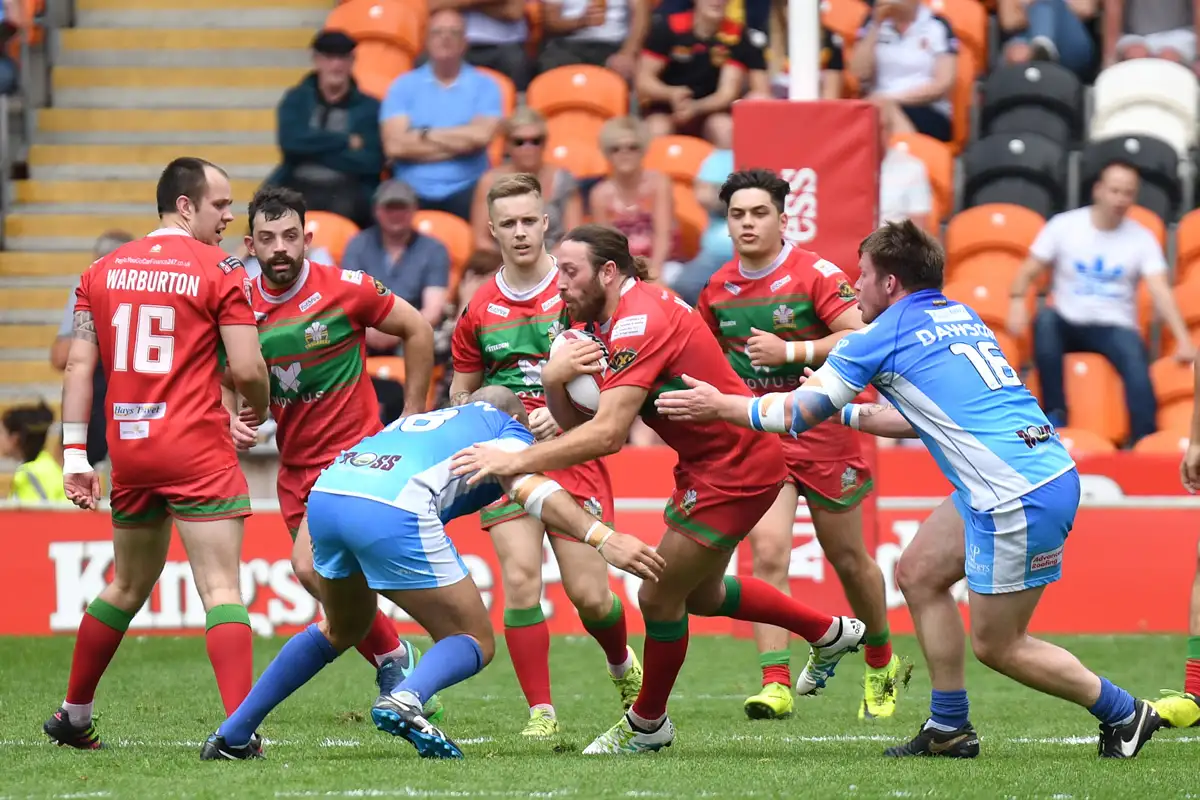
It is 10 years since Celtic Crusaders won National League 2, the first step on their route to Super League.
They were granted a licence to join the top flight for the 2009 season and lasted almost three seasons, before their dramatic withdrawal on the eve of the licensing decision for the 2012 campaign.
Wales became the third country to be represented in Super League and, at the start of the project, the future looked bright for the principality.
Their path is not too dissimilar than that being started now by Toronto Wolfpack, albeit with a lot less financial clout. The warnings are there though for the Wolfpack, and indeed any other expansion franchise, from the Crusaders and Wales experience.
But why has Wales been forgotten about and should more have been done to capitalise on the RFL’s initial enthusiasm?
Out of the ashes of the failed Crusaders franchise, a new club was born out of Wrexham, North Wales Crusaders.
They have a solid core support that matches many bottom end Championship clubs, and who knows where they might be now had they been allowed to grow organically.
When Crusaders moved north to Wrexham, South Wales Scorpions were formed in their place. This was a sensible move and a clear sign that there was at least a legacy from the Celtic project.
For me, Crusaders should have adopted the North Wales moniker sooner.
The trouble with the Scorpions, and a number of the new expansion teams, is they have struggled to nail down a spiritual home. They have played at several grounds around south Wales – including Merthyr Tydfil, Caerphilly, Mountain Ash, Maesteg and Neath – and no club is ever going to build a sound supporter or commercial base without a clear identity or home venue.
Each year there seems to be an announcement that signifies a new beginning – “it’ll be better this time”. It rarely is.
Last winter, Scorpions decided to re-brand to South Wales Ironmen – a nonsensical decision that has had no impact on their success, aside from a bit of ego-inflating PR centred around Wales rugby union international Lee Byrne. The Scorpions had been the third longest running club in the history of Welsh rugby league.
4 Years just 4 years #SL #newera https://t.co/jlATKJa82J
— Gerald Mccarthy (@GeraldMccarthy0) September 3, 2016
The Ironmen rebrand also alienated a number of people. So much so, that they are now on the verge of an embarrassing surrender, a change of ownership and you guessed it, another move.
Rumour has it this move will perhaps be a more sensible, to Llanelli and a possible tie up with an existing rugby league club, the Raiders.
The men behind the Raiders were interested in taking over the Scorpions last year, but were trumped by a “better plan”, though their ownership of the bar of Steboneath now means that should South Wales move there, they could technically have their own clubhouse.
It seems the politics behind everything in Wales has led to some high profile figures departing.
There are two semi-professional clubs in League 1 now in Wales, itself an achievement, though given the fanfare of the earlier part of the decade, it’s a shame that it’s focus is on surviving instead of thriving.
It seems unlikely that either North Wales or South Wales will be able to make the step up to Championship any time soon, particularly with three Cumbrian sides and ambitious city clubs York and Newcastle to get past – that’s once moneybags Toronto depart the scene.
All this comes among a backdrop of encouraging player development. A sprinkling of Welsh-born and system-produced players ply the trade in Super League – most notably Gil Dudson and Lloyd White at Widnes and Ben Flower at Wigan.
The Wales national side is a true national side now, unlike many others, with the majority of players Welsh-born and brought through Wales systems – only Craig Kopczak and Phil Joseph were fielded last year who didn’t tick those boxes.
The frustrating part of the seemingly unstable professional club in south Wales is the impact it has on player development. The likes of Connor Farrer have stayed loyal to the club, yet players like him must be wondering how on earth they’ll ever moved forward in the midst of constant administrative upheaval.
There are also positive noises in relation to rugby union. Apparently the WRU clubs are prioritising size and that means players like Farrer, Courtney Davies and even Elliot Kear turn to rugby league to keep playing.
Every season there are kids being shunned from rugby union academies who are then going on to trial at Wales age grades and getting caps. Whether that acceleration to representative level is causing issues, remains a debate to be had.
According to the Wales Rugby League Annual Report, there was a total of 65 teams in Wales with 1,482 total players – these figures from 2015. Clearly there is a pathway at a grassroots level, including community teams and through to the semi-professional division. Sources in Wales question the validity of these figures, but there is at least a decent amount of rugby league being played.
It was a shame that as Crusaders climbed the leagues and were waiting to join Super League in 2009, that Wales had failed to qualify for the 2008 World Cup – something they have at least rectified both in 2013 and 2017. Perhaps that tournament could have been a shot in the arm at that time.
That said, as alluded to before, Wales will surely be one of the “true” nations at the World Cup Down Under this autumn.
The biggest nonsense surrounding the Wales national team is that despite them having authentic players, they have played home internationals in Wakefield, which was apparently done to give the players a profile boost. Clearly, somewhere this expansion plan has been lost.
You have players coming through a fairly decent grassroots structure to play for a nomadic semi-professional club and then potentially playing for a national team that never engages with local fans.
Looking ahead of the World Cup, the South Wales club – whatever they’re called by then – can point to the Wales squad as a sign of their progress and importance.
No fewer than six players likely to make the squad made their professional debuts for the Scorpions – Dalton Grant, Courtney Davies, Joe Burke, Steve Parry, Connor Farrer, Lewis Reece – that’s before you look at the likes of Kear, White, Dudson and Flower, who all played for Scorpions on dual-registration, and Rhodri Lloyd.
You could potentially field a full team of players for the national side that have played for the Scorpions in the past five years.
With North Wales and South Wales clubs now in place, the challenge is how can Wales be supported to continue their growth, on the field and off the field commercially.
North Wales look like having a secure future, despite their own off-field struggles, they have pretty much managed to keep a settled base and squad together, while battling the commercial and marketing trials that affect most clubs at this level.
But ultimately, you can only make fans and sponsors care when there is stability. The chop and change culture must stop.
Though now Canada is the flavour of the month, does rugby league really have the resource, enthusiasm or energy to pursue more than one expansion project at a time?
(Photo courtesy of Richard Long)
